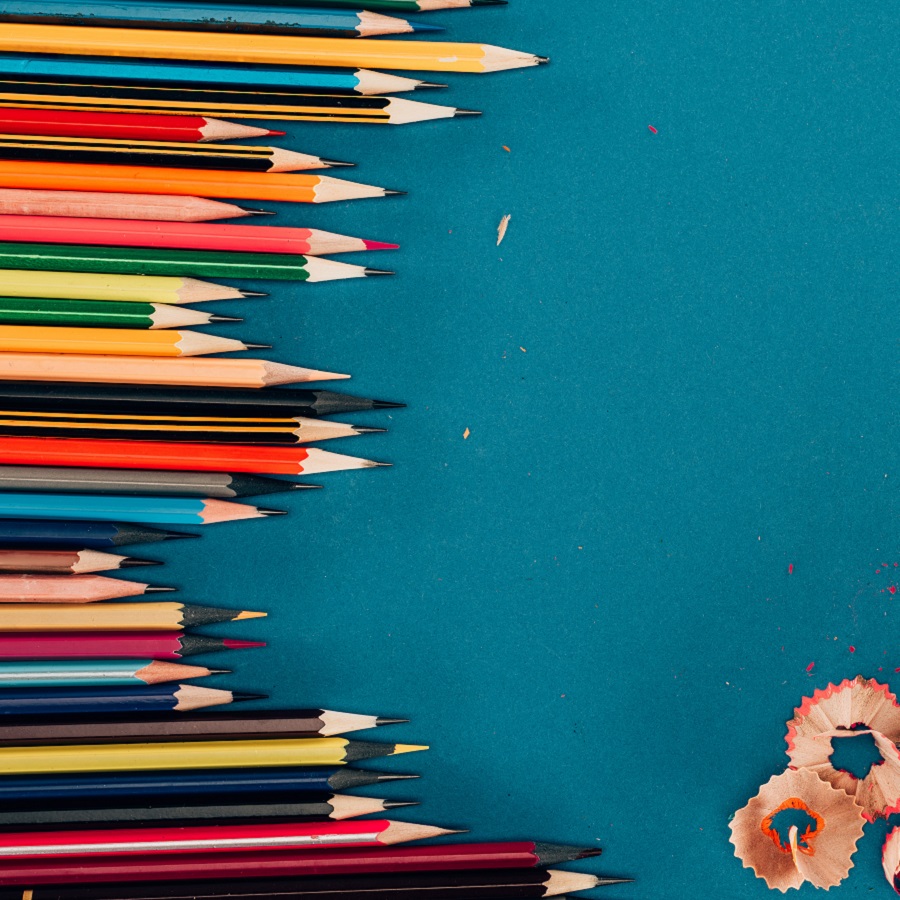Coloring pencils are more than just tools for children’s coloring books. They are versatile instruments that can bring your artistic visions to life. From vivid illustrations to detailed sketches, coloring pencils are essential for artists of all levels. In this article, we will explore the different types of coloring pencils, how to choose the best ones for your needs, and some tips to maximize their use.
The Charm of Coloring Pencils
Coloring pencils have been around for centuries, evolving from basic drawing tools to sophisticated instruments for professional artists. Their simplicity and flexibility make them popular among hobbyists and professionals alike. Wikipedia provides a comprehensive history of colored pencils, noting their rise in popularity during the 20th century when they became widely available in art supply stores.
One of the main attractions of coloring pencils is their ability to blend seamlessly, allowing for smooth transitions between shades and colors. This makes them ideal for creating realistic portraits, intricate designs, and vibrant landscapes. Their portability and ease of use further add to their charm, making them a favorite among artists who enjoy sketching on-the-go.

Types of Coloring Pencils
Not all coloring pencils are created equal. There are various types designed for different needs and preferences. The three main categories are wax-based, oil-based, and watercolor pencils. Each type has unique characteristics that cater to specific artistic styles and techniques.

Wax-Based Pencils:
These are the most common type and are known for their rich, vibrant colors. They are ideal for layering and blending but can be prone to breakage if not handled carefully. Brands like Prismacolor and Crayola are popular for their high-quality wax-based pencils.
Oil-Based Pencils:
These pencils offer a buttery smooth application and are less prone to breaking. They provide a matte finish and are favored by artists who require fine detail in their work. Faber-Castell Polychromos and Caran d’Ache Luminance are well-known brands in this category.

Watercolor Pencils:
Combining the properties of colored pencils and watercolors, these pencils can be used dry or with water to create a watercolor effect. They are perfect for artists who enjoy experimenting with different textures and styles. Derwent and Arteza are reputable brands that offer excellent watercolor pencils.
For a detailed comparison of different types of coloring pencils, you can visit
The Art Gear Guide
, which offers in-depth reviews and user experiences.
Choosing the Right Coloring Pencils
Selecting the right coloring pencils depends on several factors, including your artistic goals, budget, and personal preferences. Here are some tips to help you make an informed decision:
-
Purpose:
Determine what you will be using the pencils for. Are you a beginner looking to practice basic techniques, or a professional seeking high-quality pencils for detailed work? For beginners, brands like Crayola offer affordable options with decent quality. Professionals might prefer higher-end brands like Faber-Castell or Caran d’Ache. -
Quality:
Pay attention to the quality of the pencils, including the pigment concentration, durability, and blendability. High-quality pencils tend to have more vibrant colors and longer-lasting results. -
Budget:
While it’s tempting to splurge on top-tier brands, it’s important to find a balance between quality and affordability. Websites like
durzerd.com
provide a variety of colored pencils suitable for different budgets and artistic needs.
Tips for Using Coloring Pencils
To get the most out of your coloring pencils, it’s essential to understand some basic techniques and maintenance tips:
-
Layering and Blending:
Start with light layers and gradually build up the color intensity. Use blending techniques such as hatching, cross-hatching, and circular motions to achieve smooth transitions.
Art-is-fun.com
offers a helpful guide on various blending techniques. -
Pressure Control:
Adjusting the pressure you apply can create different effects and textures. Light pressure produces soft, translucent colors, while heavy pressure results in bold, opaque colors. -
Sharpening and Storage:
Keep your pencils sharp for precise lines and detailed work. Use a high-quality sharpener to prevent breakage and store your pencils in a protective case to maintain their condition. For small batches of high-quality coloring pencils, check out
cpencils.com
, which offers a curated selection for specific artistic needs.
Coloring pencils are indispensable tools for anyone passionate about art. Whether you are a novice or a seasoned artist, understanding the types, choosing the right ones, and mastering essential techniques will enhance your creative journey. Explore different brands, experiment with techniques, and let your imagination soar with the magic of coloring pencils.



